A look around Scott Sports’s new HQ in Switzerland
New 60m Swiss franc building houses all Scott’s divisions in one place for the first time
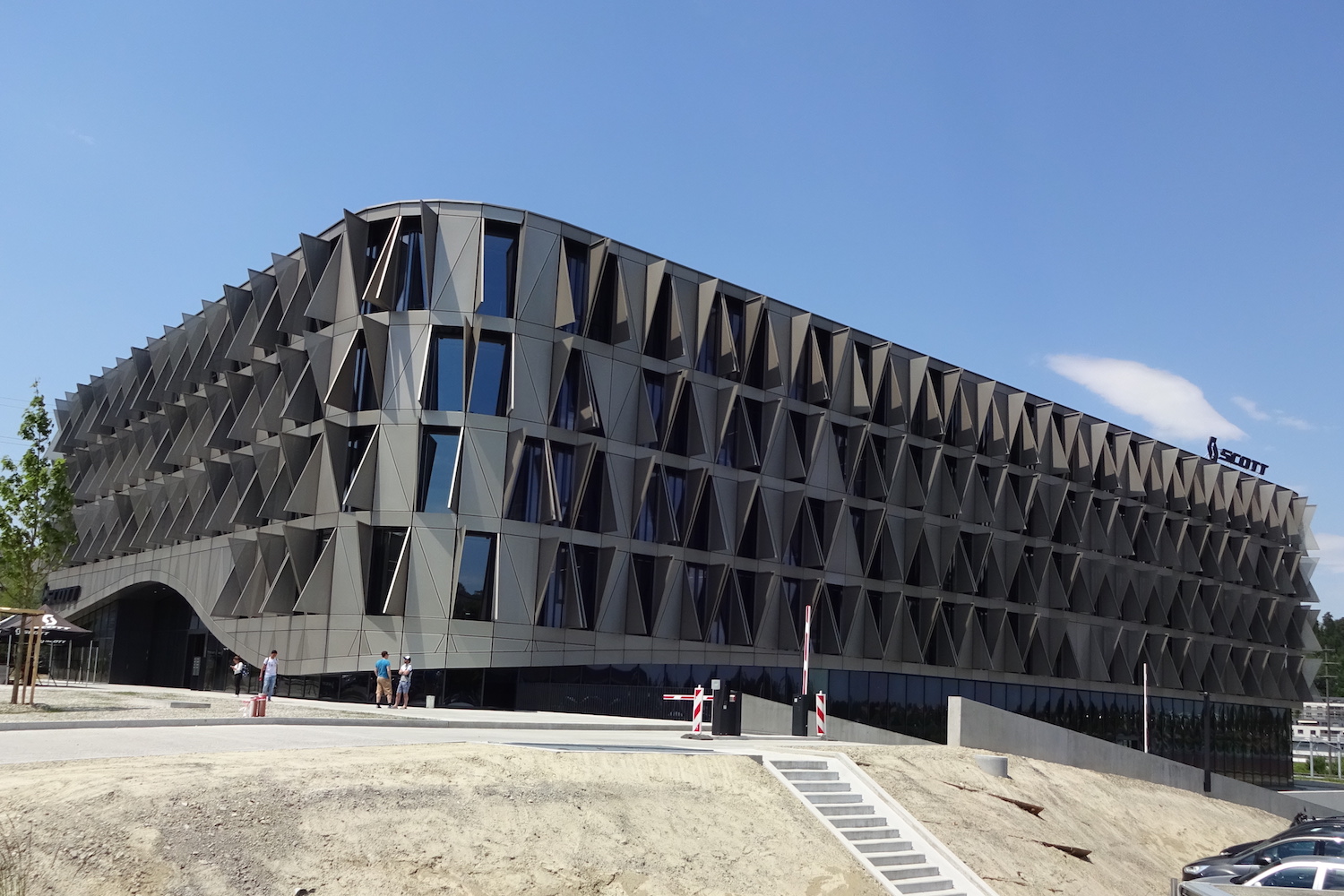

Scott Sports has just moved to its new headquarters building in the Fribourg suburb of Givisiez in Switzerland. Costing 60m Swiss Francs and taking three years to build, it replaces the five buildings between which Scott’s 350 employees in R&D, sales and marketing were previously scattered.
Scott Sports is a major brand in other sports besides cycling. It was founded in 1958 when Ed Scott invented the aluminium ski pole, as an alternative to the steel or bamboo poles which were then the norm. It still has a large presence in ski equipment and markets ski clothing both in its own name and via its Powderhorn subsidiary.
The company moved its headquarters from the US to Switzerland in 1992.
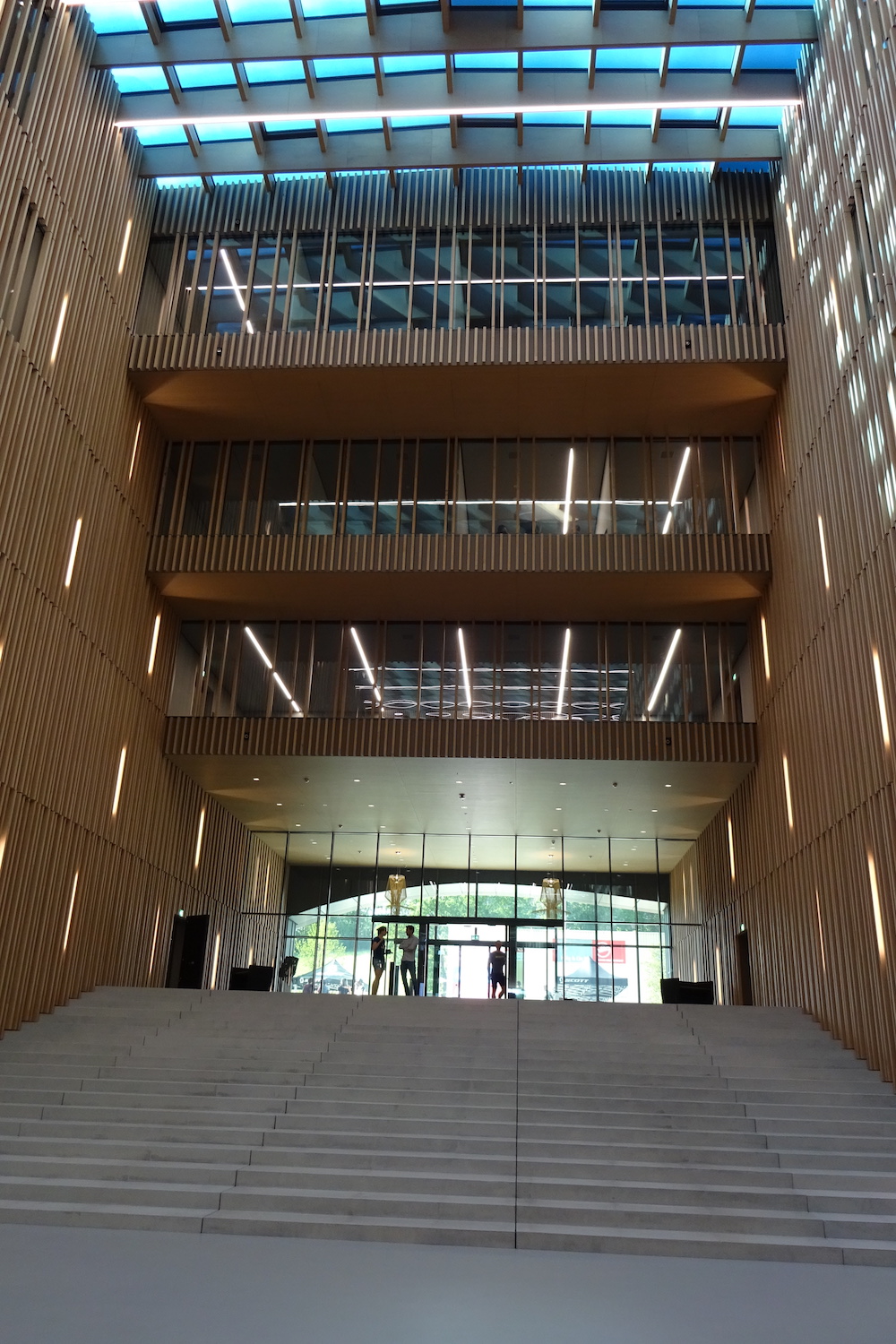
Scott points out that there are major synergies in the development of kit between its markets, for example between ski helmets and bike helmets.
It has a presence in motocross and sports like trail running and has more recently bought brands like Dolomite hiking boots and is responsible for the European side of Outdoor Research hiking wear and equipment.

The new building has space spread over seven floors and includes showrooms for all of Scott’s and its subsidiaries’ ranges, as well as 50 meeting rooms. It’s designed for sustainability, including geothermal heating and cooling.
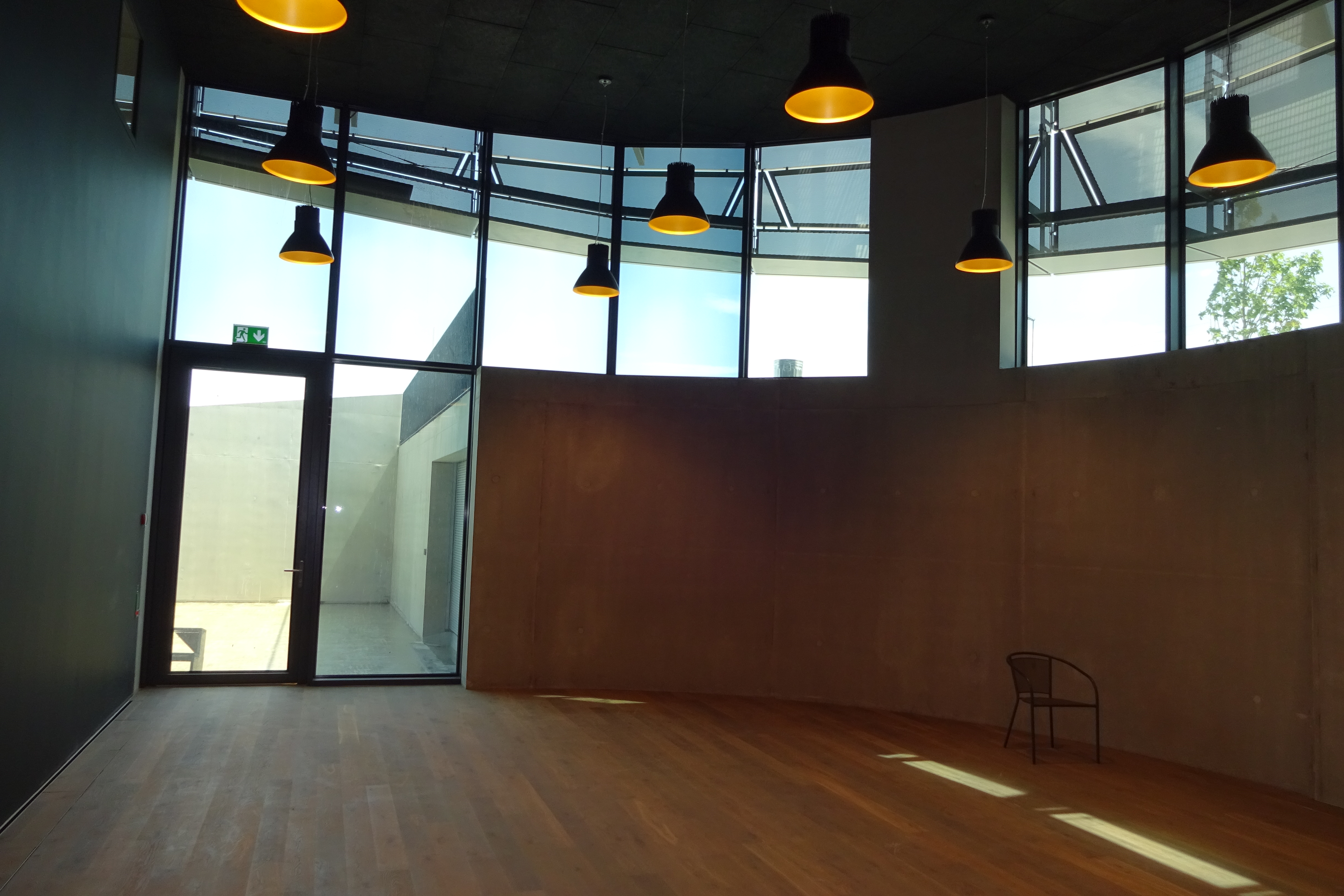
Window glass darkens and lightens according to the light and natural light and heat are also controlled by way of 800 external flaps which open and close automatically.
Get The Leadout Newsletter
The latest race content, interviews, features, reviews and expert buying guides, direct to your inbox!
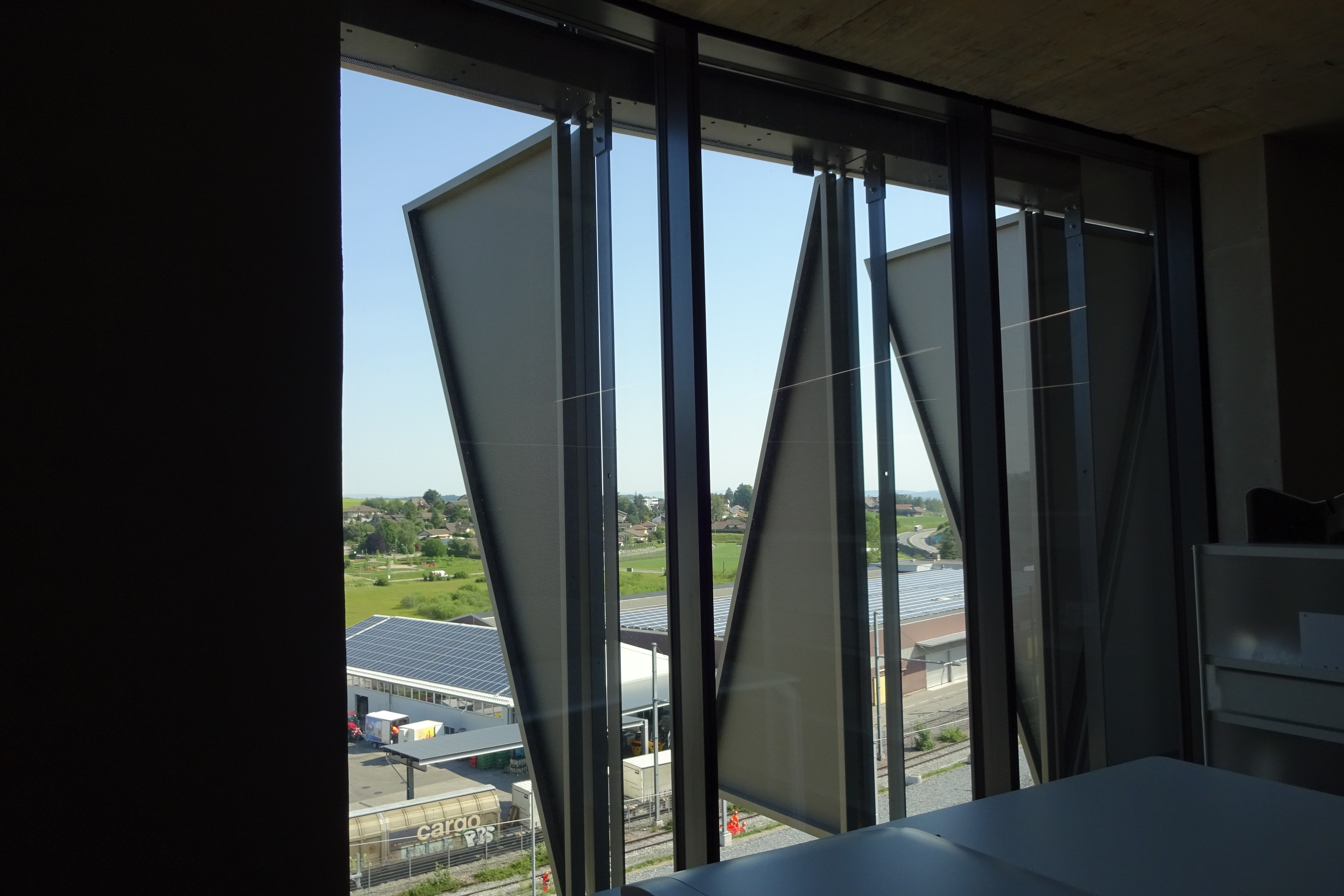
On the ground floor, there’s an impressively large showroom for all Scott’s bike models as well as its Syncros component brand and Hamburg-based subsidiary bike brand, Bergamont. There’s also a large restaurant and auditorium.
Below ground level, Scott houses showers and lockers for its staff as well as a large bike shed for their own bikes.
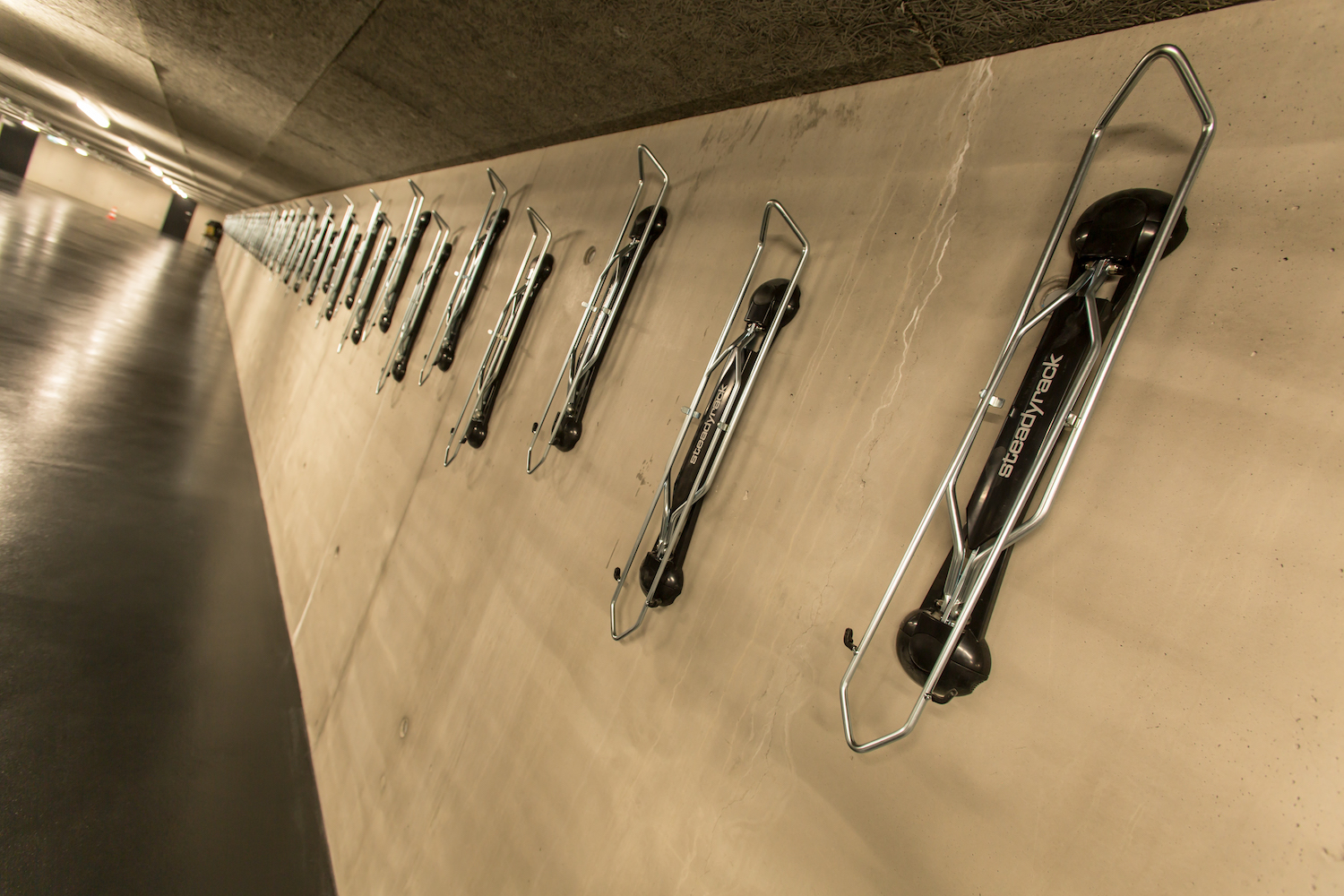
The whole is arranged around the impressive central space, looked over by the offices and with a glass roof to let in plenty of natural light.

Thank you for reading 20 articles this month* Join now for unlimited access
Enjoy your first month for just £1 / $1 / €1
*Read 5 free articles per month without a subscription

Join now for unlimited access
Try first month for just £1 / $1 / €1
Paul started writing for Cycling Weekly in 2015, covering cycling tech, new bikes and product testing. Since then, he’s reviewed hundreds of bikes and thousands of other pieces of cycling equipment for the magazine and the Cycling Weekly website.
He’s been cycling for a lot longer than that though and his travels by bike have taken him all around Europe and to California. He’s been riding gravel since before gravel bikes existed too, riding a cyclocross bike through the Chilterns and along the South Downs.
-
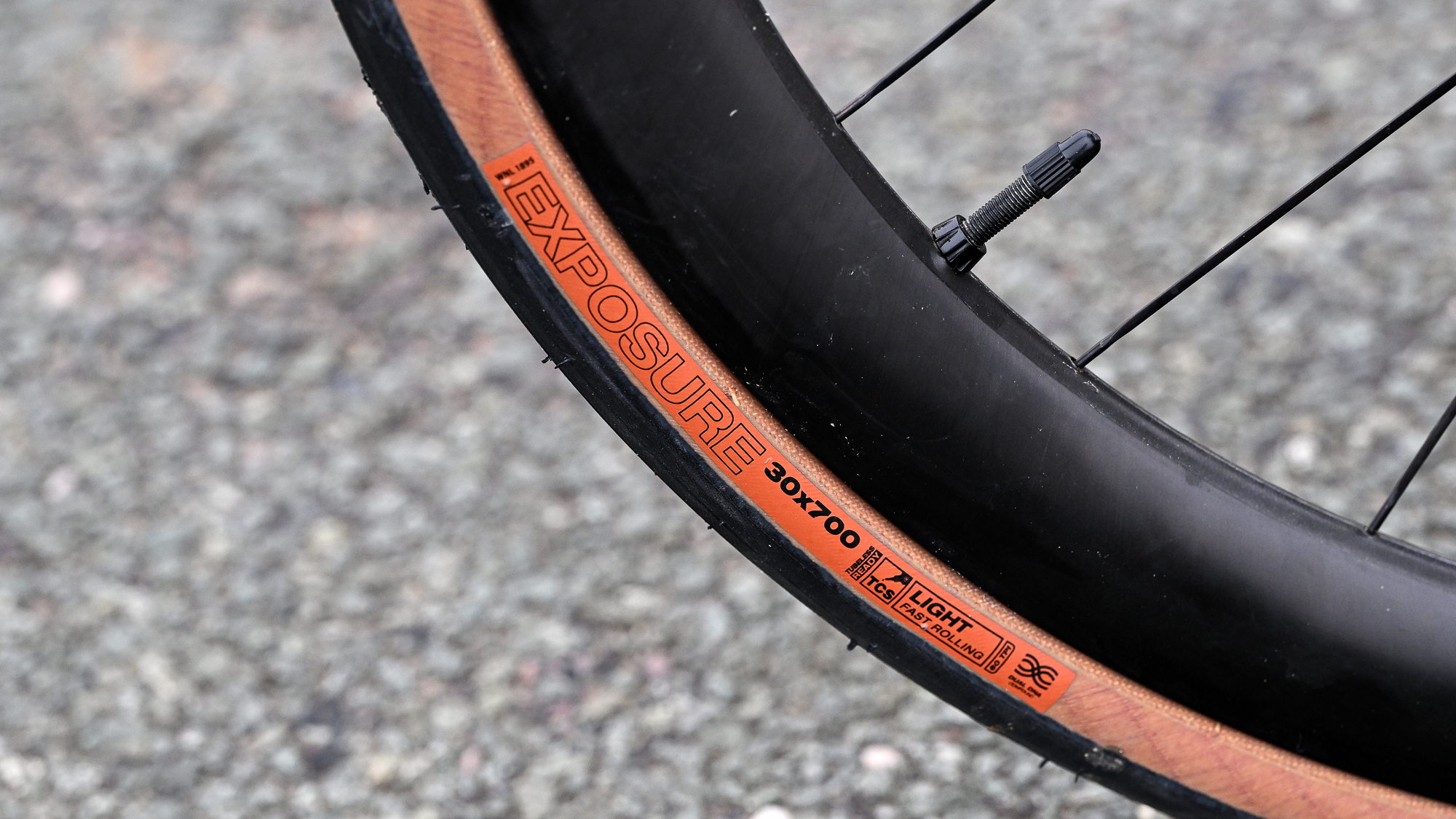 We thought this all-road tyre delivered comfort, speed and durability but was let down by the cost – as if by magic, you can now get 40% off at Competitive Cyclist
We thought this all-road tyre delivered comfort, speed and durability but was let down by the cost – as if by magic, you can now get 40% off at Competitive CyclistDeals The WTB Exposure TCS tyre is now available at one of the lowest prices, making this fast-adventure-ready tyre a bargain buy
By Paul Brett Published
-
 Rudy Project Rebel bike helmet review
Rudy Project Rebel bike helmet reviewRebelling against the solid shell oversized helmet fashion, the Rudy Project Rebel goes big on ventilation and breathability, but there is a weight penalty
By Hannah Bussey Published